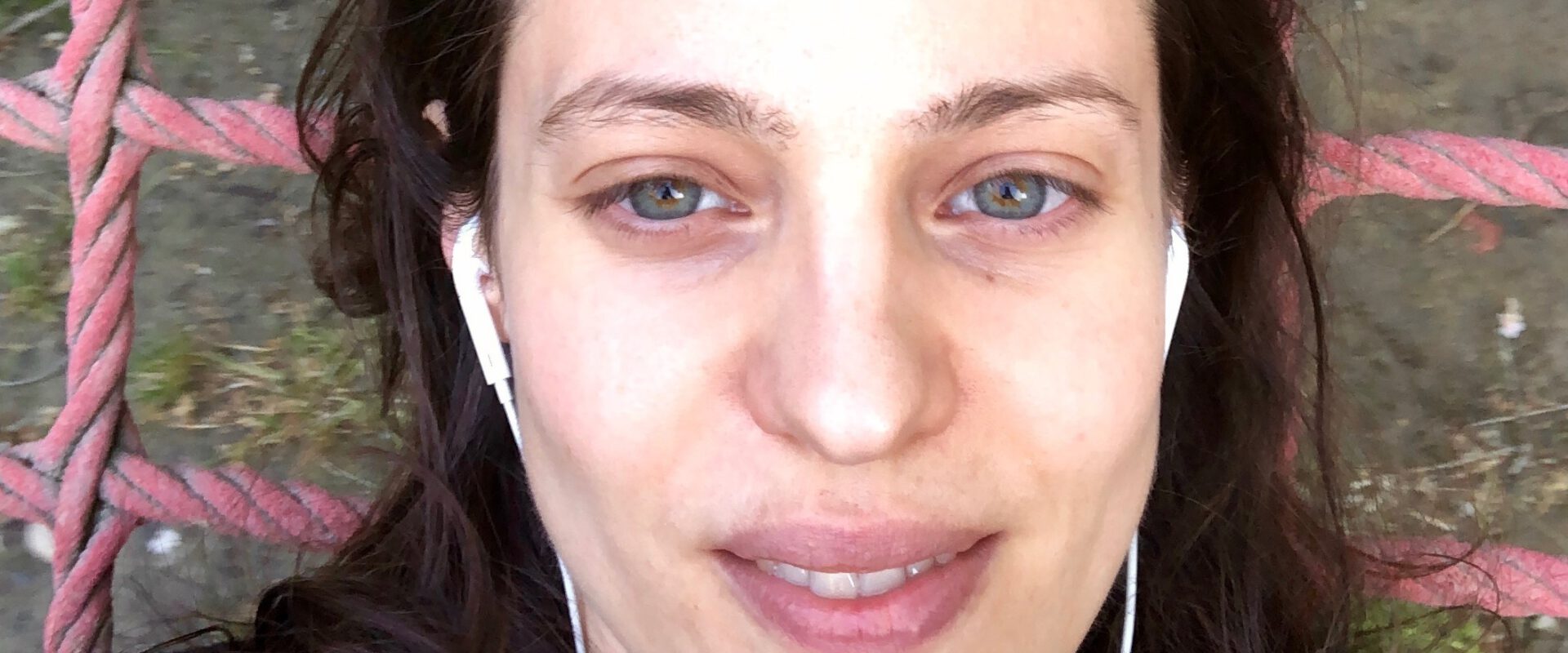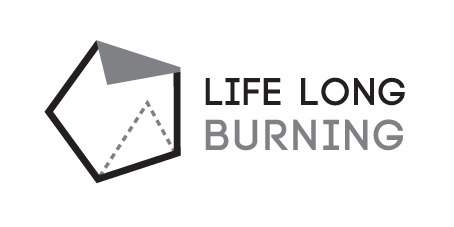 Stories
Stories
Interview: Exchange across borders with Liv Schellander
22 October 2020 — by Lies Mensink

For our October 10×10 program on International Exchange we invited international artists and professionals to share their work in a new context and to exchange with us and each other. With COVID-19 cases rising, physically exchanging across borders no longer seems feasible. As an Internationally oriented production house we continue to search for alternative ways. That’s why we ask each artist who was supposed to perform during the 10×10 October program to share their thoughts on international exchange in these trying times. First up: Liv Schellander.
Choreographer Liv Schellander received a Life Long Burning residency and would have started working in our studio this Thursday. Liv has been working as a performer and choreographer for ten years. She studied Contemporary Dance in London and returned to her homeland Austria for an MA in Choreography. She has been based in Vienna ever since.
You were supposed to be in residence at Veem House during 10×10 October, what are you busy with and what would you have been working on?
‘I currently work on a solo performance called Strange Natures (working title). I have an interest in looking at ways of communication and interrelations between the human and more-than-human world. With Strange Natures I search for the potential and friction of whispering bodies and loud urgencies. I started with solely dedicating to my body and voice as an archive to draw from lived memories, desires and sensations of communing with others. As well as to explore the perspective of proposing myself as a domesticated, conditioned human animal.’
‘What inspires me in general are unconventional ways of creating encounters and closeness – for example the movement of sexecology, an artistic and activist strategy which conceives of the earth as a lover (rather than an infinite resource). I’m above all intrigued in how our human relations to the non-human reflect back on our interhuman relationships as well. This is something in the background that keeps inspiring me in my physicality, behaviour and movement research for Strange Natures.’
Why is international exchange important for you as an artist?
‘There are of course personal reasons: it takes me out of my comfort zone. I think it is very important to get out of the dynamic and thinking of a particular scene you come from. There are things that are very established there, it gives stability that you can relate to them. But there are other places and spheres that work and feel very differently. I think for artistic work it is very important to engage with what you don’t yet know.’
‘My first international exchange happened when I decided to leave my home at 18 and study elsewhere. I would have had a completely different development if I hadn’t. There is something potential and magical about leaving the place and bubble where you are based. It is different to temporarily live and be affected by the environment of Amsterdam instead of Vienna.’
‘I still think it is a privilege and a luxury to have a lot of international exchange. I’m not an artist who tours or travels all the time – Amsterdam would have been my main international exchange this year. The city is not completely unknown to me: I’ve visited two times performing there, I have some colleagues and know people from Vienna who have studied there. The residency in Veem House would have been a solo residency, but I would have invited a couple of these artist colleagues to meet me and engage with my process.’
How can we keep enabling international exchange in times of COVID-19 when travel is restricted?
‘To keep enabling and inventing formats of dialogue and encounter. To think anew about how locality and international exchange can relate to each other. If I would have been in Amsterdam now, I would have had a studio available. But the intention for me was not to come to Veem House and hide in the studio to research for ten days. That alone you could do anywhere. I wanted to exchange, share my process and meet other professionals.’
‘Very fortunately, I can still continue with my process as a residency here in Vienna. I’m really excited to have online exchanges and share my process with Hannah de Meyer, Kamila Wolszczak de Loo and other artist colleagues. I would like to keep this spirit of exchange and see what I and we will come up with.’
– This collaboration is made possible by the Life Long Burning Network supported by the Creative Europe Programme of the European Union –
Made possible by

